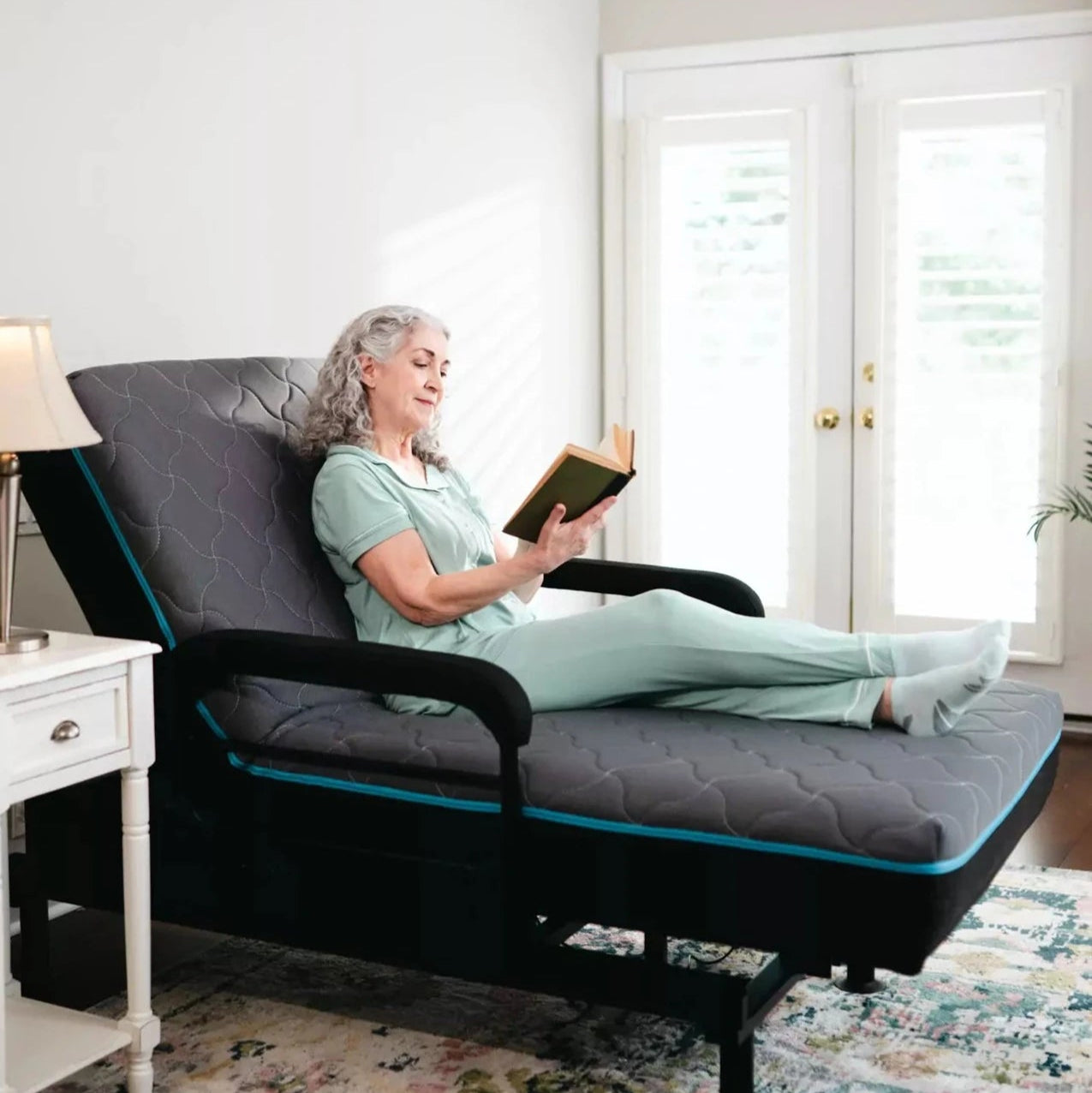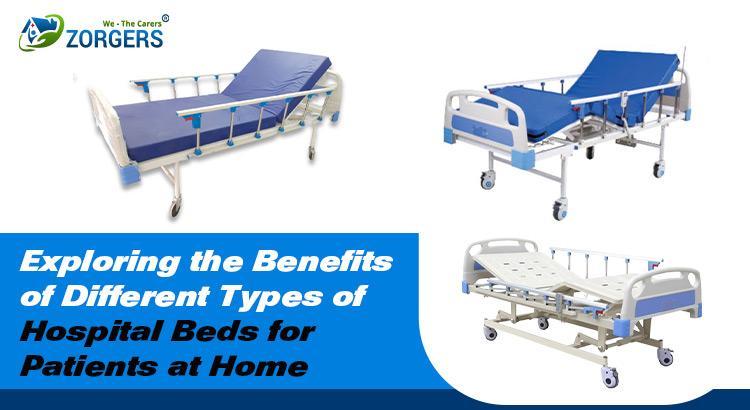Hospital Beds For Home Use - Questions
Hospital Beds For Home Use - Questions
Blog Article
Hospital Beds For Home Use Fundamentals Explained
Table of ContentsEverything about Hospital Beds For Home UseThe Best Guide To Hospital Beds For Home UseThe Ultimate Guide To Hospital Beds For Home UseFascination About Hospital Beds For Home Use3 Easy Facts About Hospital Beds For Home Use ShownGetting The Hospital Beds For Home Use To WorkHospital Beds For Home Use Can Be Fun For Everyone
There are 3 major types of hospital beds: manual, semi-electric, and fully-electric. Nonetheless, even more kinds of medical beds exist and they are listed here. These beds use hand cranks to change the bed's height and elevate and lower the head and the foot. Hand cranks are typically located at the foot of the bed and require a person that is literally qualified of operating.
Semi-electric beds have an electric motor to increase and reduce the head and foot sections of the bed. People and caregivers change the positioning by pressing buttons using a hand pendant. The height of the bed is adjusted manually with a hand crank. Full-electric beds have an electrical motor that can increase the head and foot areas of the bed along with the whole height and positioning of the bed.
Hospital Beds For Home Use for Dummies
Some designs can additionally move into even more positions, such as the Trendelenburg (tilt) position. There are numerous kinds of health center beds, each developed to fulfill details individual demands. Below are some common kinds: This is the most common sort of healthcare facility bed, designed for basic medical use. It has a manual or electrically flexible headrest, footrest, and height.
Lower to the ground than a conventional bed. This sort of bed is made for larger clients, with a broader frame and higher weight capacity than a common bed. This kind of bed is made specifically for children, with smaller dimensions than a standard bed. Special functions such as complete size side rails and anime style.
This sort of bed is developed for critically sick people who need open surveillance and specialized clinical tools such as ventilators and infusion pumps. This type of bed is designed for use during labor and distribution, with flexible settings and features to support the mother and baby throughout the birth process.
8 Easy Facts About Hospital Beds For Home Use Explained
Several feature and the devices execute broadening grip to different parts of the vertebra and the extremities without relocating the human body. These are just a couple of instances of the kinds of hospital beds available. The specific kind of bed made use of will depend upon the person's condition, medical requirements, and other factors.
Right here is the important things you need to recognize. A one-function health center bed is a medical bed that enables a client to relocate only the head or foot area up or down. A 2 function hospital bed commonly refers to a kind of clinical bed that has two adjustable features to assist clients in health centers or care facilities.

The smart Trick of Hospital Beds For Home Use That Nobody is Talking About
A 7-function ICU bed is a type of medical bed that supplies numerous flexible functions to support seriously sick individuals in a critical care unit (ICU) (hospital beds for home use). The my sources seven functions typically include: Backrest adjustment: The backrest can be adjusted to different angles to aid the person stay up or relax conveniently
Height adjustment: The bed can be increased or lowered to make it simpler for clients to get in and out of bed, and for caregivers to supply treatment. Trendelenburg placement: The whole bed can be tilted to promote blood circulation and blood circulation in the body. Reverse Trendelenburg placement: The bed can likewise be tilted in the opposite direction to promote blood circulation and flow in the upper body.
1. What Size is a Hospital Bed? 2. How Much Does a Health Center Bed Cost? 3. Why Do Medical Facility Beds Have Side Rails? 4. What Are The Key Health Center Bed Components?. While even more affordable than electrical designs, these beds require exertion for adjustments. The major advantages of manual beds are their cost and reliability, as they do not depend on electricity. Nevertheless, the need for hand-operated effort can be a limitation in situations where fast modifications are essential or where caregivers deal with physical challenges.
How Hospital Beds For Home Use can Save You Time, Stress, and Money.
Semi-electric hospital beds use an equilibrium of guidebook and electrical controls. These beds give an excellent middle ground in between guidebook and completely electrical choices, offering ease of use without the full price of electric designs.
Semi-electric beds are appropriate for individuals who require modest changes to the head and foot areas however can handle without constant height changes. This makes them a cost-effective solution for those seeking comfort and convenience without the demand for consistent repositioning. Completely electrical healthcare facility beds include electric controls for smooth changes to the height, head, and foot sections.
Specialized hospital beds, such as ICU beds, long-lasting treatment beds, and bariatric beds, are meticulously created to deal with certain clinical requirements. These beds supply customized look after diverse person teams, boosting both end results and comfort. In the adhering to areas, we will discover Find Out More the major sorts of specialized healthcare facility beds, describing their particular advantages and applications.
With years of experience in manufacturing electrical straight actuators - hospital beds for home use and close cooperation with the healthcare sector, TiMOTION is well-positioned to offer dependable healthcare solutions. Our up and down incorporated business handles every step of the production process, from design to actuator assembly, guaranteeing we supply outstanding value and customized options tailored to your particular requirements
Some Known Details About Hospital Beds For Home Use

To find out more about incorporating these technologies right into your items, contact us today. Additional reading:.
Information is sourced from the Medicare Expense Report. Accessed January 2025. Short-term severe care health centers have the highest typical number of beds at 187. They are the most common kind of health center in the united state and comprise greater than 50% of U.S. medical facilities. Children's hospitals have 178 beds on average and VA hospitals average 175 beds.

An Unbiased View of Hospital Beds For Home Use
A medical facility bed is a bed developed specifically for medical functions. It is not just an area for patients to relax, but likewise a system for medical operations. Unlike ordinary home beds, health center beds typically have adjustable features, which can help with medical personnel to make various changes according to the requirements of individuals, such as altering the elevation, inclination, and assistance angle of the back and legs of the bed.
Report this page